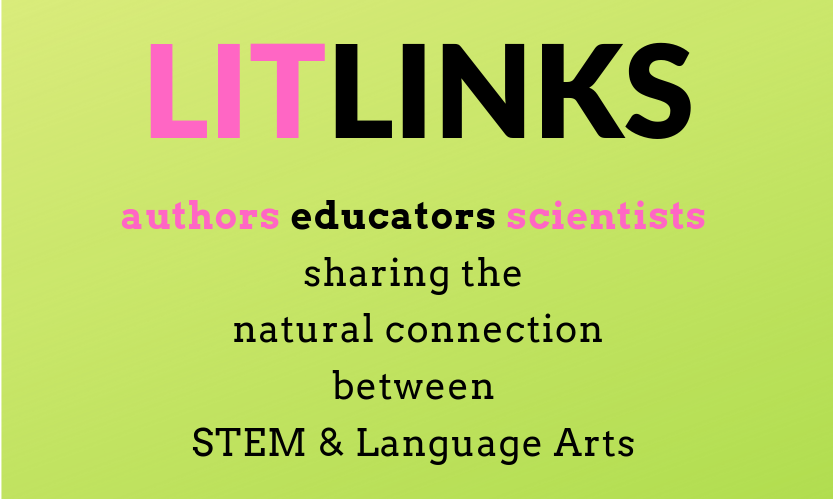
GUEST BLOGGER JENNIFER FOSBERRY
In Isabella Artist Extraordinaire, the main character imagines her family in many famous works of art. Isabella imagines herself into the art, but she also makes her own versions of the art using a variety of colors.
Read
- Ask the children to define the word art. Brainstorm some different thoughts:
- Read a dictionary definition of art
“Something that is created with imagination and skill and that is beautiful or that expresses important ideas or feelings”
Merriam-Webster Learner’s Dictionary
3. Summarize what the students have learned. Art is:
- something created
- expresses ideas or skills
- shows beauty or emotion.
The science of colors
Science can be used to understand art. What kind of science questions can be asked about art? Some examples might include:
- What makes up the paints?
- Do they look different painted with different brushes and on different surfaces?
- How do our eyes see the color?
- How do we make different colors?
Painters think about these questions and experiment and practice. They also might learn some of the answers from scientists. In fact, one of the paintings referenced in Isabella Artist Extraordinaire was painted by a French artist who attended science and math lectures about color theory.
Show students the image of a color star (below)

Categories of colors
In art, we learn about the PRIMARY COLORS – these are colors that are pure. You can’t make them from other colors. They are Red, Blue, and Yellow.
Then there are SECONDARY COLORS made by mixing two primary colors.
Remind the students:
- Red + Yellow makes… Orange
- Blue + Yellow makes… Green
- Red + Blue makes… Purple
Colors made by mixing a secondary and primary color are called TERTIARY COLORS. You can see these in the color chart above.
Colors that are opposite a Primary Color such as Red and Green are COMPLEMENTARY.
Our eyes mix colors
In 1849 in France, a chemist named Michel Eugène Chevreul restored tapestries in France. He noticed that the color of the wool next to the missing wool impacted the color. His work influenced artists of the time, including Georges Seurat.
If two colors are very close together, people who see them from a distance will mix the colors with their eyes. For example, Red and Yellow dots may look like Orange.
One of the paintings in Isabella Artist Extraordinaire shows people at a park, a reference to a painting by Georges Seurat US: /sʊˈrɑː/ suu-RAH called A Sunday on La Grande Jatte. Compare it to Seurat’s original painting.
Seurat painted A Sunday on La Grande Jatte from 1884 to 1886. It took him two years to finish this painting! Currently on display at the Art Institute of Chicago, students can experiment with an interactive image.
- Ask students why he might have taken that long.
- Explain the size of the painting to the students. This painting is 7 feet tall by 10 feet wide. Have students measure out the size or explain it in terms of the height of a basketball hoop and the ceiling height.
- Ask the students if they recognize Seurat’s art from Isabella Artist Extraordinaire? Seurat painted it using very few colors. He also painted with dots of different colors near each other instead of brush strokes. The human eye blends the colors to make the colors he wanted people to see. This is called POINTILLISM.
- Zoom in on the interactive painting to show the points of paint.
Experiment with pointillism
Now have the students make their own pointillism artwork.
Supplies:
- Newspapers and paper towels as needed for protecting work surfaces
- Q-tips
- Primary colors of paint (Tempura or acrylic, based on age and messiness expected)
- Cardstock paper, no larger than 4’ x 4’ because this method is time-consuming
- Pencil for sketching
Instructions:
- Have students sketch the outline of their idea. You may specify, a boat on the water, a tree about to blossom, a flower, or a face.
- It may be helpful to tape paper down while painting.
- Explain that pushing harder will make a darker and larger dot of paint.Have students use the q-tips to make dots of paint on their work.
- Ask students to consider the color chart above, how the human eye might blend colors, and what colors they want colors others to see.
- Allow paintings to dry.
Engage students in convesation along the followig topics:
- Describe the different skills you used to make your image.
- Describe the ideas you are trying to share with your painting.
- Trade pictures with someone else and describe the beauty in the painting and the way it makes you feel.
Are we all artists? YES!
Jennifer Fosberry is a science geek turned picture book writer. After running away to Costa Rica, she returned to the San Francisco Bay Area to read, write, and try to get out of the housework. She lives with her husband, her three children, and her little black dog, too.


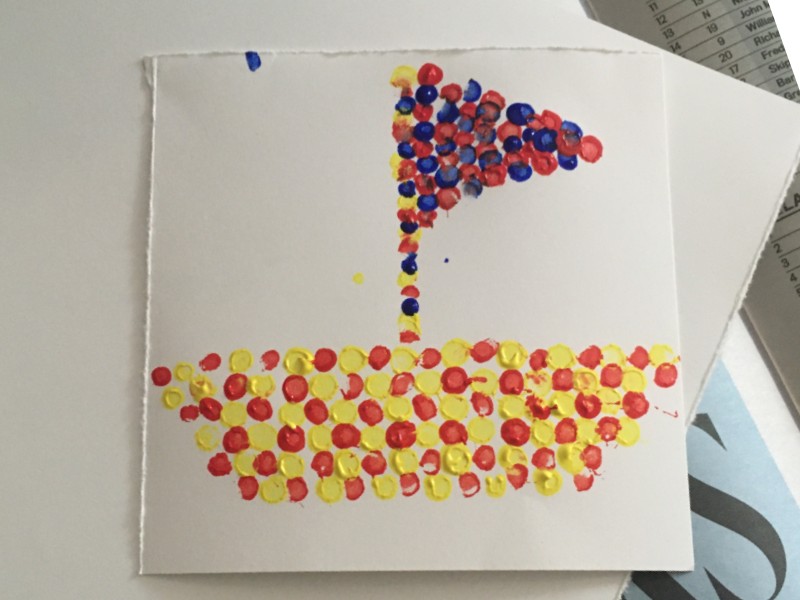

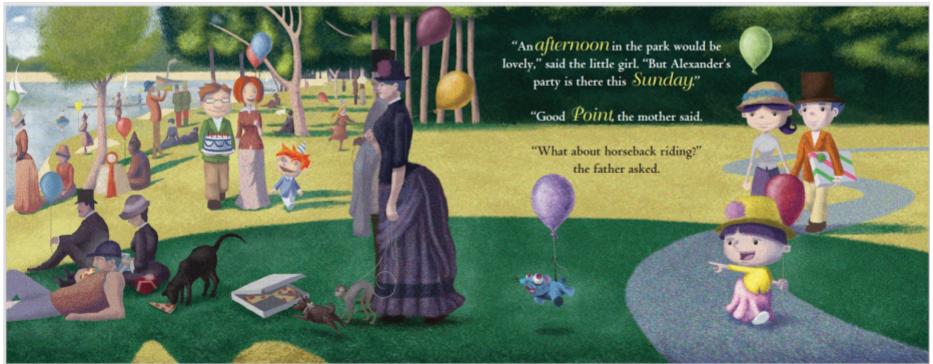
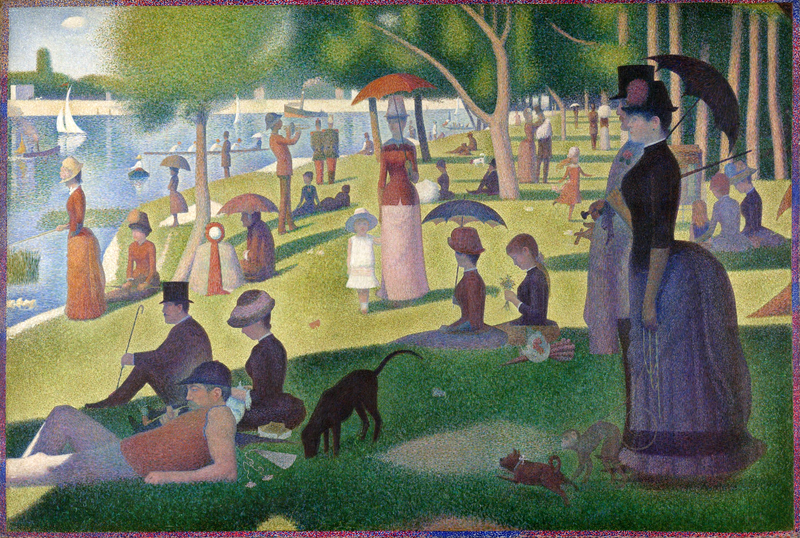


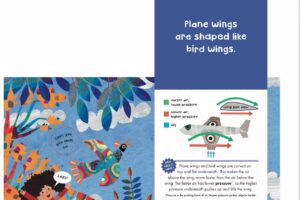

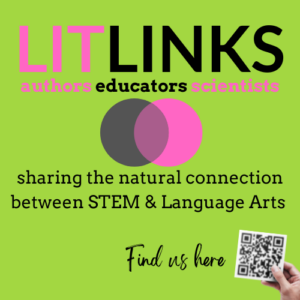
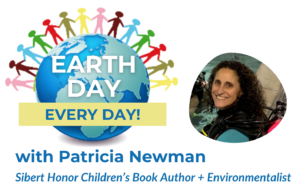
Leave a Reply
Your email is safe with me.